The maximum slitting width of the slitting machine is 1600mm, which directly reflects the processing capacity of the equipment, and its application scenarios are closely related to the needs of the industry. The following is analyzed from three dimensions: technical interpretation, typical application and selection consideration:
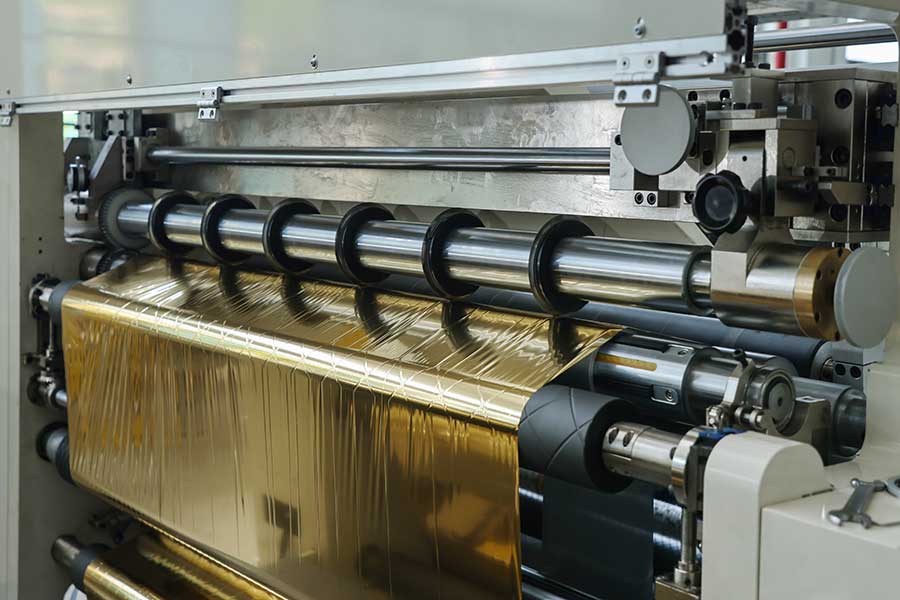
First, interpretation of technical parameters
1. Basic Definition
"Maximum slitting width of 1600mm" refers to the maximum width of the material that the machine can handle, which is usually determined by the mechanical structure of the machine (e.g. roller length, rail spacing). Materials beyond this size need to be pre-slitted or replaced with larger equipment.
2. Associate parameters
◦ Minimum slitting width: Determines the flexibility of the machine (e.g., the ability to handle narrow materials).
◦ Slitting accuracy: Usually ± 0.1mm~±0.5mm, which affects high-precision demand scenarios (such as electronic materials).
◦ Material type: Different materials (film, metal foil, paper) have special requirements for blade material and tension control.
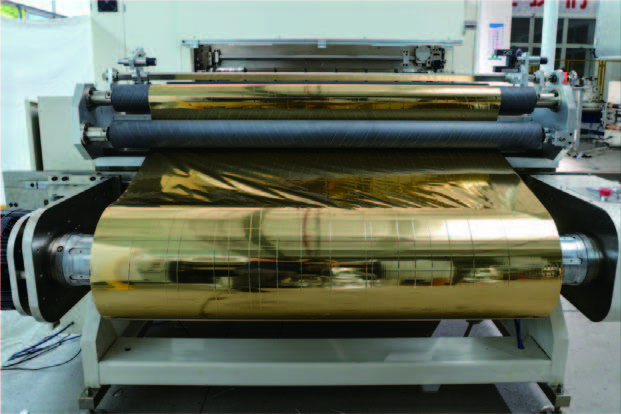
Second, typical application scenarios
1. Flexible packaging industry
◦ Material: BOPP film, aluminum foil composite film, galvanized film, etc.
◦ Scenario: Food/pharmaceutical packaging needs to meet the width requirements of the bag making machine after slitting (e.g., 1600mm slitting into multiple 400mm small rolls).
◦ Special needs: dust-free workshop, static elimination (electronic packaging).
2. New energy battery field
◦ Material: lithium battery separator (PP/PE), copper foil/aluminum foil current collector.
◦ Key requirements:
▪ 1600mm corresponds to the trend of large-size cells of power batteries (such as the wide demand for blade batteries);
▪ Burr-free slitting (prevents short circuit of the battery).
3. Industrial material processing
◦ Examples:
▪ Fiberglass cloth (wind turbine blade reinforcement material) slitting;
▪ Carbon fiber prepreg slitting (aerospace sector).
◦ Challenge: High-hardness materials wear out the tools and require diamond-coated inserts.
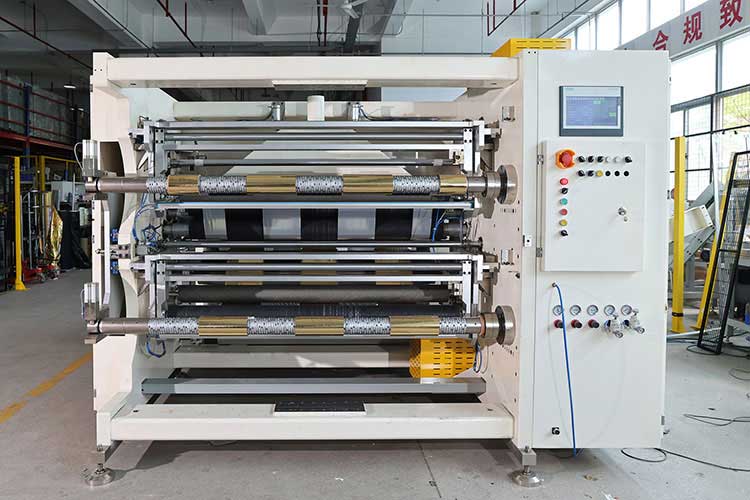
Third, the key points of selection decision-making
1. Capacity matching
◦ If you cut 1200-1500mm wide materials all year round, you need to reserve 10-20% margin for 1600mm equipment;
◦ Frequent change of width (e.g., 800mm←→1600mm) requires the convenience of equipment adjustment.
2. Industry-specific specifications
◦ Medical-grade materials: FDA cleaning standards required;
◦ Electronic materials: Some edge roughness ≤ 1 μm after slitting.
3. Upgrade cost analysis
◦ The price of 1600mm equipment is usually 30-50% higher than that of 1300mm models, but it can avoid equipment replacement costs in future expansions.
Fourth, cutting-edge trends
1. Intelligent requirements
Modern slitting machines are gradually integrating AI visual inspection (automatic identification of material defects) + Internet of Things (real-time monitoring of tool wear status).
2. Ultra-wide development
In the field of photovoltaic backsheet and LCD panel, 2500mm+ slitting equipment has appeared, and 1600mm belongs to medium and large specifications.
It is recommended that users make a comprehensive evaluation based on their own material characteristics, capacity planning and industry certification requirements, and if necessary, they can ask the equipment supplier to provide slitting samples of the same material to verify the actual effect.
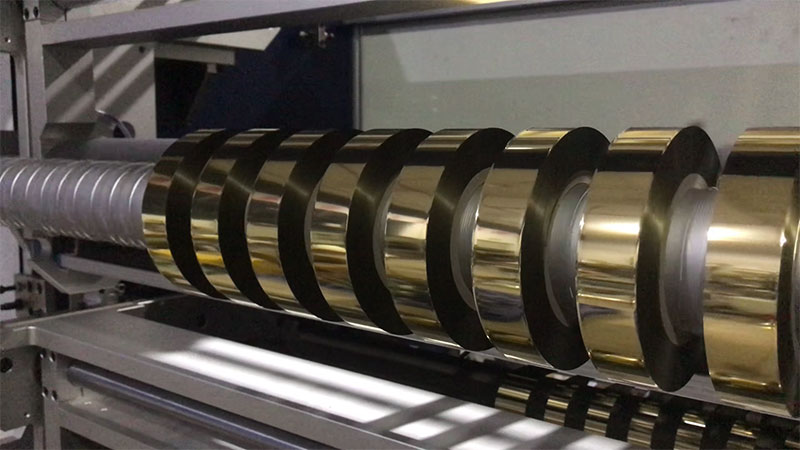 More convenient operation: user experience report of a new generation of intelligent hot stamping foil slitting machine
More convenient operation: user experience report of a new generation of intelligent hot stamping foil slitting machine A complete guide to the purchase of hot stamping foil slitting machine: focus on five core issues
A complete guide to the purchase of hot stamping foil slitting machine: focus on five core issues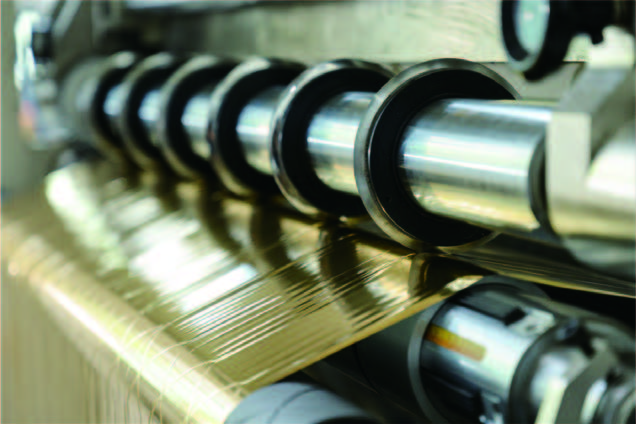 From 1/1000th of an error to zero-defect operation: the precision design philosophy behind the reliability of hot stamping foil slitting machines
From 1/1000th of an error to zero-defect operation: the precision design philosophy behind the reliability of hot stamping foil slitting machines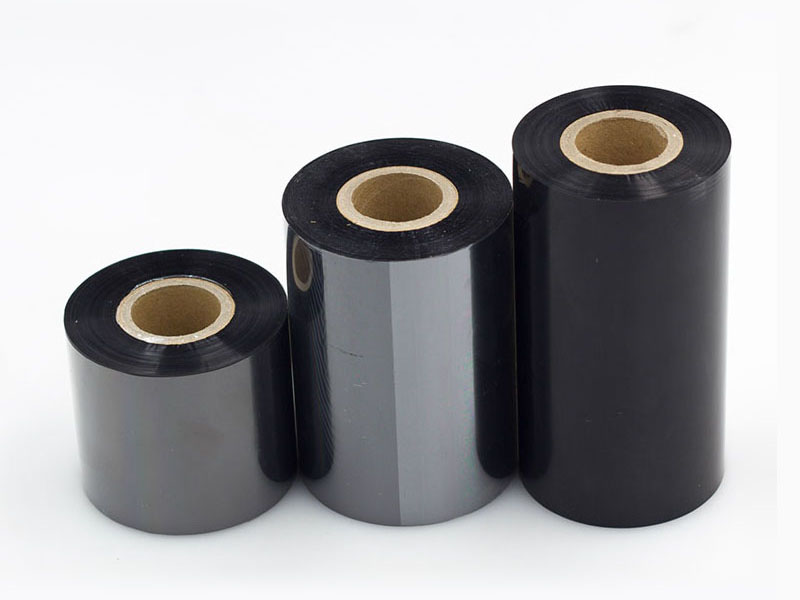 The Blade of Precision: How Ribbon Slitting Machines Become the Invisible Guardians of Print Quality
The Blade of Precision: How Ribbon Slitting Machines Become the Invisible Guardians of Print Quality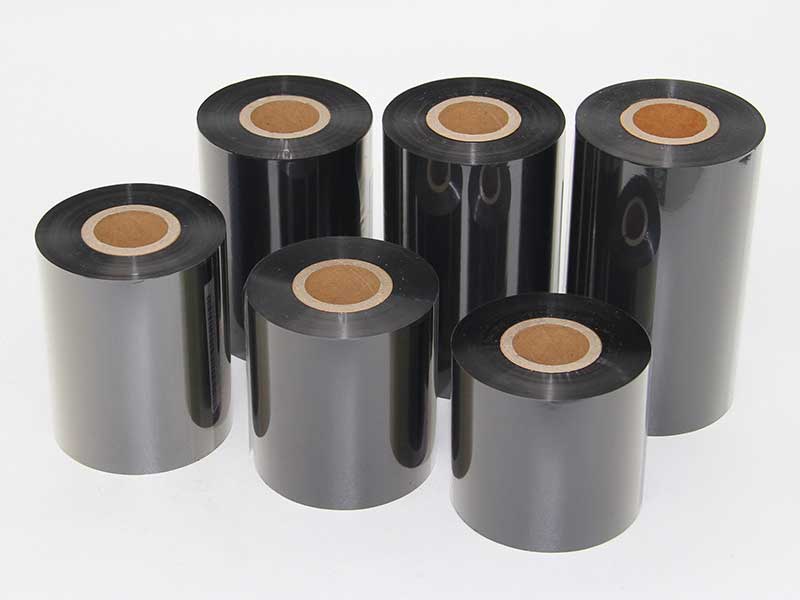 Beyond Slicing: The Evolution of Ribbon Slitting Machines in the Productivity Revolution
Beyond Slicing: The Evolution of Ribbon Slitting Machines in the Productivity Revolution